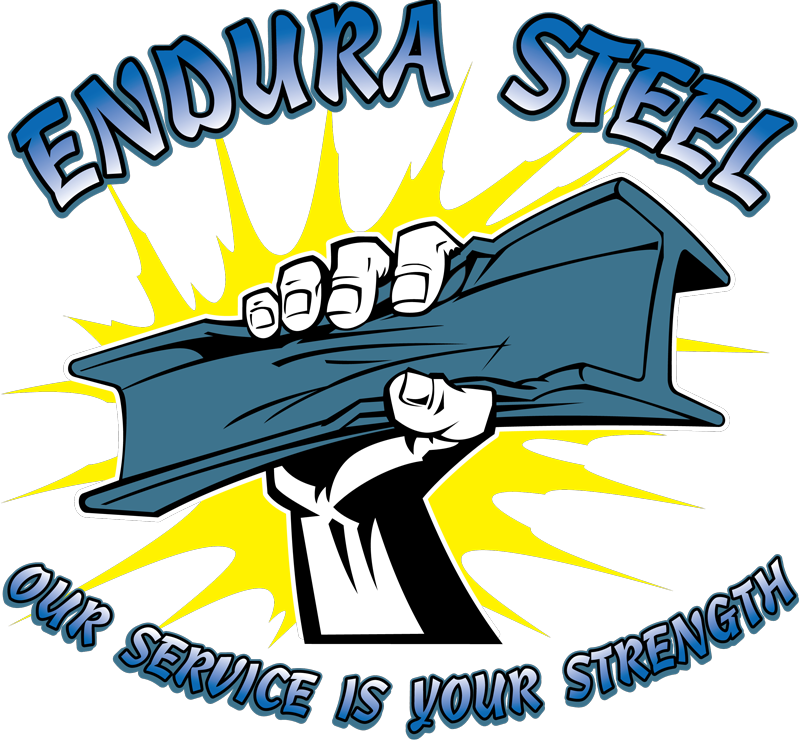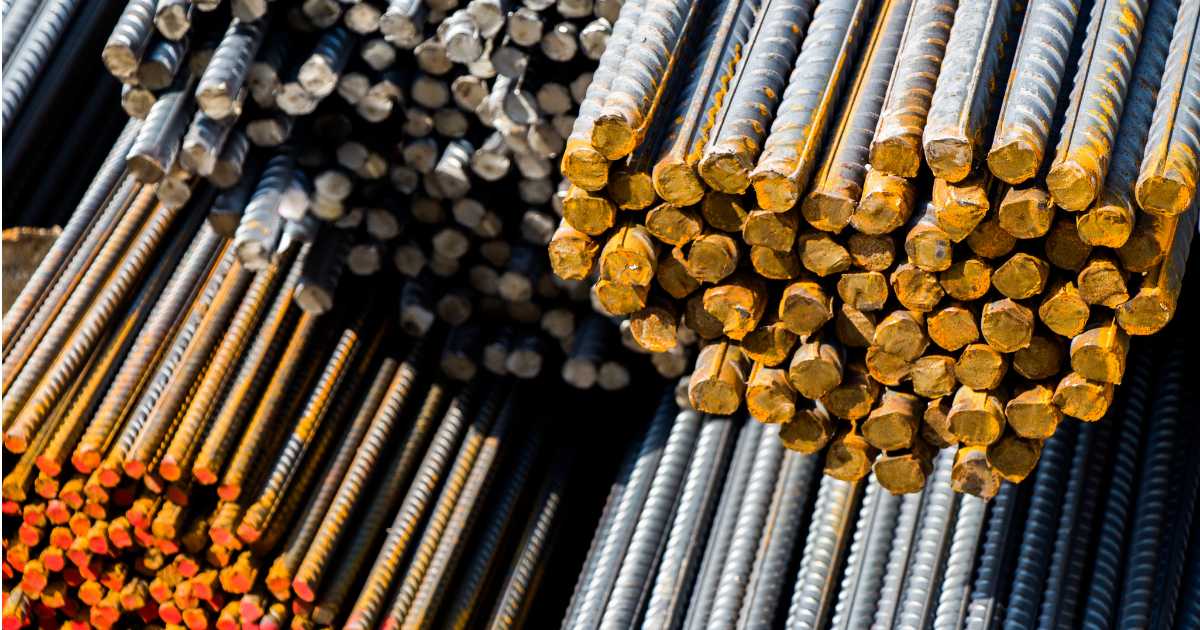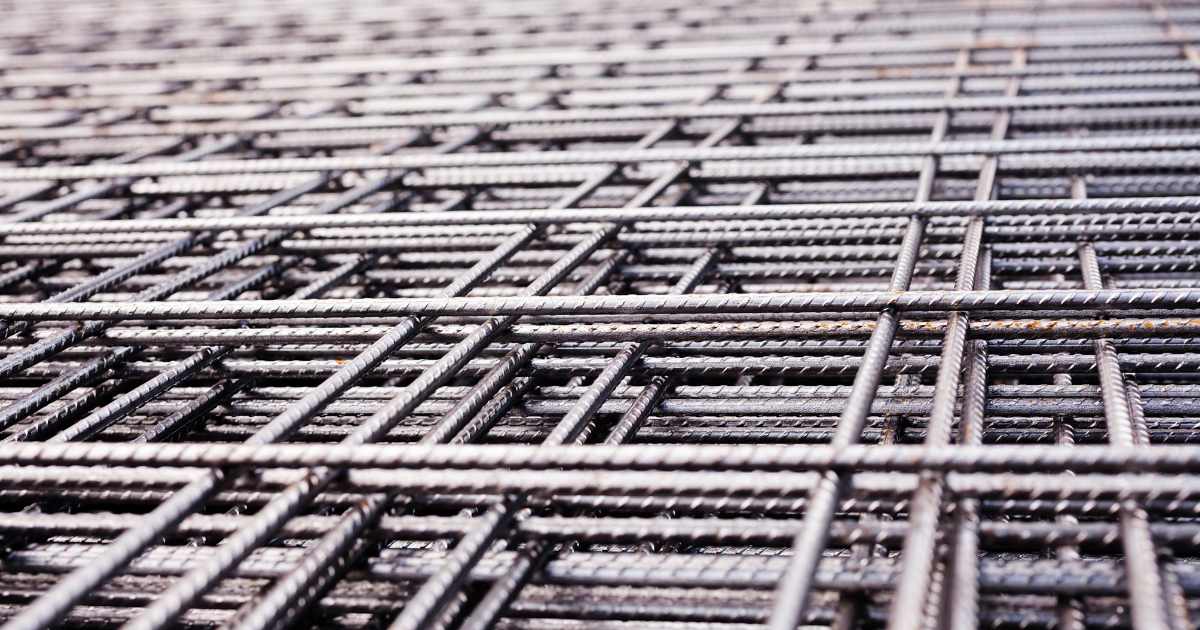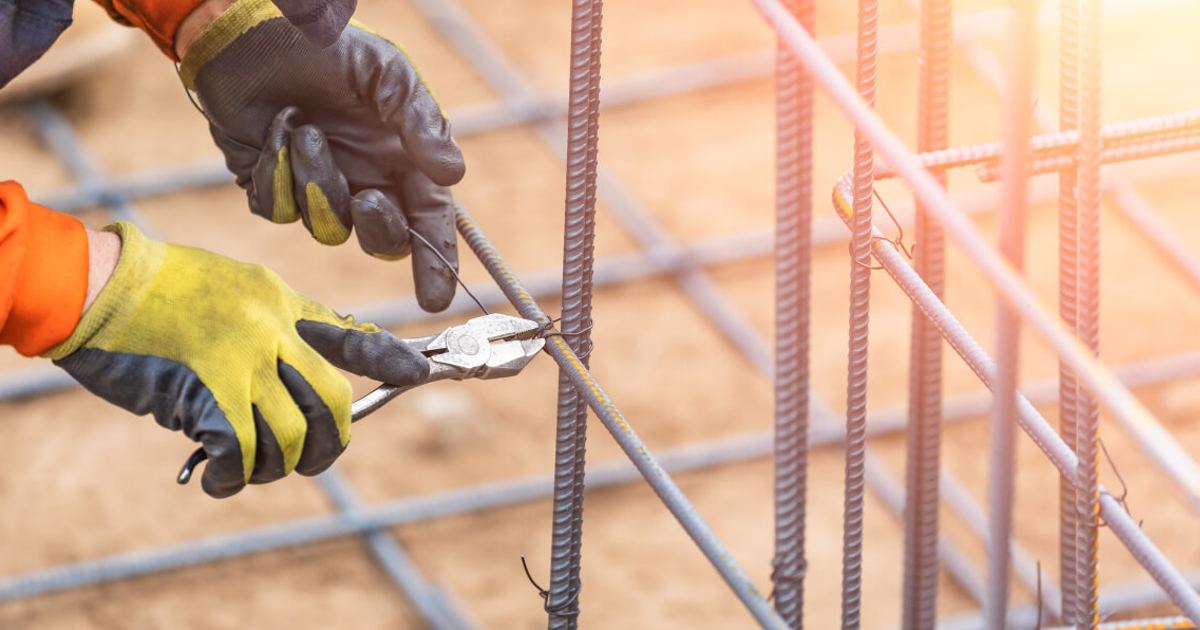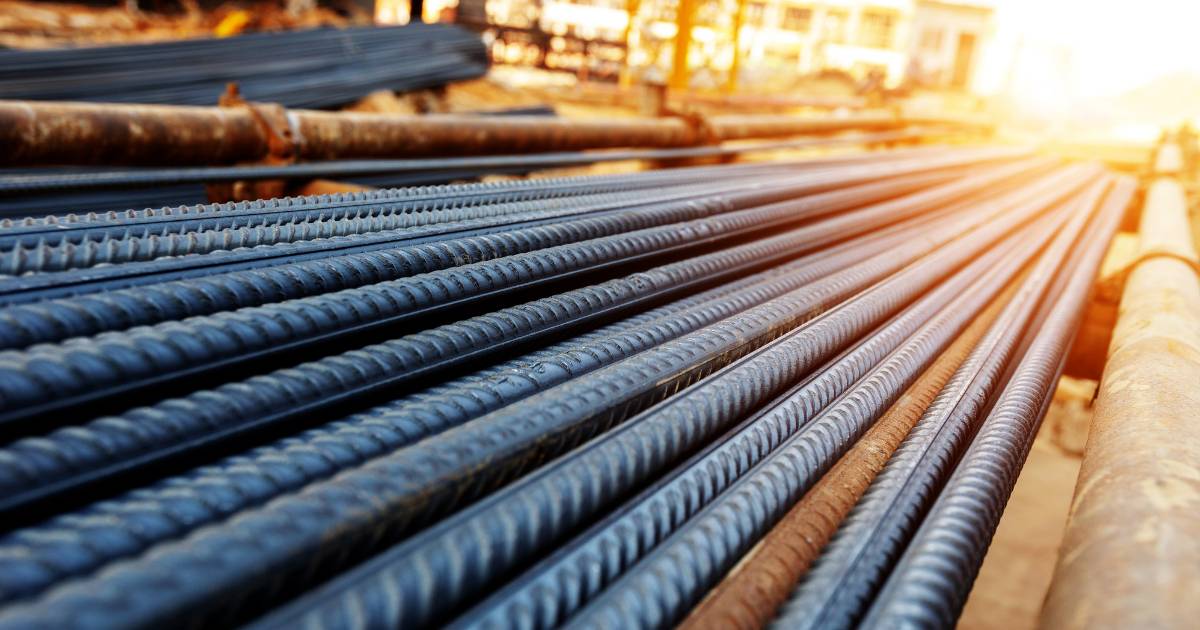Rebar plays a critical role in concrete construction. It provides tensile strength to the concrete, which is necessary to resist the forces of tension and compression that a structure is subjected to during its lifetime. Without rebar, concrete would be unable to withstand these forces, leading to cracking, deformation, and, ultimately, structural failure. In essence, rebar is the backbone of the concrete, ensuring its structural integrity and longevity. Therefore, selecting the appropriate rebar type and size, and ensuring proper installation, is crucial to the success of any concrete project.
Rebar Selection
Factors to Consider When Selecting Rebar
When selecting rebar for a concrete project, several factors must be considered. First, project specifications like size, shape, and rebar grade are essential to ensure the rebar meets the required standards. Load requirements also play a significant role in determining the strength and spacing of the rebar. Environmental factors like exposure to corrosive elements must also be considered. Other factors can also influence rebar selection. Proper rebar selection is critical to any concrete project’s success and should be carefully considered.
The Different Types of Rebar Available and Their Respective Benefits
When selecting the rebar for your concrete project, it’s essential to consider the different types of rebar available and their respective benefits. Black rebar, for example, is the original and most commonly used type of rebar. It’s solid and reliable, making it suitable for most concrete applications. On the other hand, the galvanized rebar is coated with a zinc layer, making it highly corrosion-resistant. Epoxy-coated rebar is often recommended for projects in harsh environments, as it provides extra protection against corrosion. And for those who want a flashy, corrosion-resistant option, there’s stainless steel rebar. Each type of rebar has its unique perks and drawbacks.
Industry Standards for Rebar Selection
When selecting rebar for a concrete project, following industry standards is essential. But don’t worry; it’s not rocket science. Rebar is generally sold in grades ranging from 40 to 75, with higher grades indicating greater strength. American Society for Testing and Materials sets standards for rebar, including specifications for dimensions, shapes, and tolerances. In addition, the International Building Code (IBC) provides guidelines for rebar spacing and placement. Following these standards ensures that your concrete structure is solid and durable without breaking the bank.
How to Determine the Appropriate Size and Grade of Rebar for a Project
Selecting the appropriate size and grade of rebar for your concrete project might sound daunting, but it’s pretty straightforward. First, you’ll need to consider the project’s specifications and load requirements, as these factors will dictate the necessary strength of the rebar. From there, you can determine the appropriate rebar grade, with higher grades being more substantial but more expensive. Next, you’ll need to calculate the required rebar diameter, which can vary depending on the size of the concrete structure and the spacing between the rebars. Don’t forget to consider environmental factors, such as exposure to salt or chemicals, which can affect the corrosion resistance of the rebar. Select the perfect rebar for your project and avoid any headaches.
Discussion of the Importance of Quality Control in Rebar Selection
When it comes to rebar selection, quality control is critical. After all, you don’t want to spend time and money selecting the perfect rebar to have it fail during construction. That’s why working with reputable suppliers who can provide you with high-quality, certified rebar is essential. You’ll also want to inspect the rebar upon delivery. And don’t forget about proper storage and handling – rebar exposed to moisture or other environmental factors can be prone to corrosion, weakening the concrete structure over time. By prioritizing quality control in your rebar selection process, you can ensure that your substantial project is built to last.
Rebar Preparation
The Steps Involved in Preparing Rebar
It needs to be prepared before rebar can be used in concrete construction. This involves cutting, bending, and shaping the rebar to match the project specifications. It’s like giving the rebar a makeover – it may not be glamorous, but it’s essential for its success. The cutting process requires precision to ensure the rebar is the correct length, while bending and shaping require expertise to achieve the desired shape and curvature. This is where experienced rebar fabricators come in handy. They can ensure the rebar is prepared to meet your project’s unique needs and specifications. With adequately prepared rebar, your concrete project will have the backbone to stand firm.
The Importance of Proper Preparation Techniques for Rebar
Proper technique is essential in preparing rebar, as shortcuts can result in wonky, uneven pieces. This can be compared to building a house of cards with differently-sized cards – it just won’t work. Taking the time to cut, bend, shape, and tie your rebar accurately is crucial for the success of your concrete project. Not only will your project thank you, but you’ll also have the pleasure of knowing that your rebar is perfectly straight and in the right place, just as it should be.
Industry Standards for Rebar Preparation
Industry standards are no joke. They’re downright picky. But who can blame them? No one wants a concrete structure that falls apart like a poorly made Jenga tower. So, it’s essential to follow proper rebar preparation techniques, which include cleaning, cutting, bending, and shaping. Industry standards also specify things like the minimum bend diameter and acceptable tolerances for length and straightness. Yes, it may seem overkill, but it’s better to be safe than sorry. Plus, a little extra effort now can save a lot of headaches later on.
The Benefits of Prefabricated Rebar Products
Prefabricated rebar products offer a range of benefits, including time savings, improved quality control, and reduced labor costs. You can kiss those long days of cutting, bending, and shaping goodbye with prefabricated options. Plus, you’ll never have to worry about pesky mistakes or inconsistencies that can arise during on-site fabrication.
The Importance of Quality Control in Rebar Preparation
Quality control is critical, or you might have some pretty wonky concrete. We’re talking leaning towers of Pisa level here. Ensure the rebar is cut correctly, bent, and shaped according to industry standards. This means checking for defects, such as cracks, rust, or improper cuts, that could affect the structural integrity of the concrete. Trust us; you don’t want to cut corners on this step. Do it right, and you’ll avoid major headaches (and lawsuits).
Rebar Placement
Process of Placing Rebar in Concrete
Placing rebar in concrete is not as simple as tossing it in and calling it a day. First, the rebar must be positioned according to the project’s specifications and secured. This involves tying the rebar with wire, using chairs or supports to maintain the proper spacing, and ensuring that the rebar is level and properly aligned. It’s time to pour the concrete and wait for it to set. So, don’t let anyone tell you that placing rebar is a job for amateurs – it takes skill and precision to get it right.
Different Types of Rebar Placement Techniques
Selecting the proper rebar placement technique is like choosing the perfect slice of pizza – it’s all about personal preference. Do you prefer mat placement with large rebar sheets or in-situ placement with individual bars inserted as concrete is poured? Maybe you like precast placement with prefabricated rebar cages. With so many options, it’s essential to consult a professional to ensure the best approach for your project.
Industry Standards for Rebar Placement
The concrete industry takes rebar seriously, like a strict math teacher. Industry standards specify minimum bend diameter and acceptable tolerances for length and straightness. Cutting corners is like trying to sneak a peek at a friend’s test – it’ll come back to haunt you. Following proper cleaning, cutting, bending, and shaping techniques is necessary. Don’t be lazy; measure twice, and cut once. Trust us; it’s worth it.
Importance of Proper Rebar Placement Techniques for Structural Stability and Durability
Without proper rebar placement, your structure is like a house of cards. One gust of wind, and it’s all over. So, don’t be cheap and cut corners, or your building may fall apart. Remember, rebar is the backbone of your concrete structure, and without a sturdy backbone, the whole thing is just a pile of rubble waiting to happen. Trust us; you don’t want to be that engineer who built the leaning tower of Pisa 2.0.
The Importance of Quality Control in Rebar Placement
Quality control in rebar placement is crucial for structural integrity. Regular inspections ensure proper placement and spacing, preventing future issues. Additionally, using high-quality rebar and following industry standards can prevent costly mistakes. Don’t cut corners – it’s better to catch errors early and make corrections than to deal with the consequences later. Remember, you’re building something people will use and rely on, so take the time to get it right. Proper quality control can save time, money, and even lives.
Rebar Protection
Potential Hazards to Rebar During and After Concrete Placement
Rebar isn’t immune to hazards! Corrosion, damage, and improper handling can all affect its longevity. Concrete is a brutal environment, but rebar can last for decades with proper protection. Corrosion is one of the most severe hazards, as it can compromise the rebar’s strength over time. Damage during concrete placement or post-construction can also weaken the rebar. Quality control measures, such as proper handling and storage, can minimize these risks. Additionally, rebar coatings or galvanization can offer added protection against corrosion. Remember, a strong foundation starts with sturdy rebar, so don’t skimp on its safety.
The Different Types of Rebar Protection Techniques
Rebar protection is required. Coatings and coverings are popular techniques that shield rebar from damage. Coatings like epoxy, zinc, or polyurethane can be sprayed or brushed onto the rebar surface. Coverings include plastic or cloth sheets or tapes, and concrete can also cover rebar. Carefully consider environmental conditions. The correct application of these techniques is essential to maintain structural integrity.
Discussion of the Importance of Quality Control in Rebar Protection
Rebar protection is essential, but it’s not foolproof. Quality control is critical to ensuring efficient work. This involves verifying that the appropriate protective measures are in place and checking for damage or deterioration. Proper documentation is also essential to track the rebar’s condition and any necessary repairs. Failure to adequately protect the rebar can result in costly damage to the concrete structure, so take the time to do it right.
Rebar at its Finest
Selecting a suitable rebar is crucial. Proper placement and protection techniques are necessary for structural stability and durability. Industry standards and quality control ensure reliable performance. Without proper implementation, the hazards of corrosion and damage can occur, leading to costly repairs. Remember, prevention is critical. Always follow guidelines and consult with experts for optimal results.
A strong and durable concrete structure requires proper rebar selection, preparation, placement, and protection. Quality control and adherence to industry standards are crucial for ensuring structural stability and durability. Neglecting any factors can result in potential hazards like corrosion, damage, and reduced strength. Proper rebar selection includes consideration of size, grade, and type based on the project requirements. Preparation involves cleaning, cutting, and bending the rebar according to the design. Placement techniques like mat placement, in-situ placement, and precast placement must be selected and executed carefully. Rebar protection techniques, such as coatings and coverings, are necessary to prevent potential hazards. It is essential to industry standards and ensures quality control for long-term durability.
Using new materials and techniques may offer even more rebar selection and protection options. However, proper preparation, placement, and protection principles will remain vital to building safe, long-lasting concrete structures.
Our Locations
Get a Quote Now
